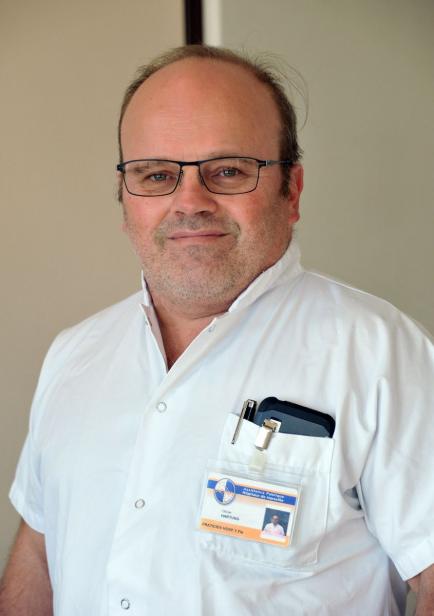Deep vein thrombosis (DVT) may cause serious disabling complications, reducing the prospects for a normal life. This pathology affects 1 to 3 persons in 1,000 every year.
Medical treatment (anticoagulant and venous compression) is a rule, but in some selected cases, a treatment by clot extraction can be performed to optimize the results and reduce long term risks for complications.
Various techniques can be used to perform this treatment. Surgical techniques, performed under general anaesthesia, need a three-hour intervention with a thigh incision, a hospital stay of 8 days and a second intervention 6 weeks later.
Catheter-led thrombolysis technique (delivery of a drug in the thrombus to melt the clot) is performed percutaneously (without incision), under local anaesthesia, but lasts 2 or 3 days and is at risk for hemorrhagic complications, possibly severe.
Pharmaco-mechanical thrombectomy technique is performed percutaneously, under local anaesthesia (with or without sedation), but lasts only 2 or 3 hours. Patients may (and must) walk once they return to their room, and leave hospital the next day or two days later. It reduces risks for complications related to other techniques (incision for surgery and bleeding for thrombolysis).
Hôpital Nord staff is internationally recognized for its work in this field, and is the only medical team in the Provence – Alpes – Côte d’Azur area to provide this technique currently.
3 Questions to 1 Expert : deep vein thrombosis (AP-HM video)
 Pharmaco-mechanical thrombectomy is performed by Dr Olivier HARTUNG in the Vascular Surgery Department of Hôpital Nord (University Hospital of Marseille) led by Pr Yves ALIMI
Pharmaco-mechanical thrombectomy is performed by Dr Olivier HARTUNG in the Vascular Surgery Department of Hôpital Nord (University Hospital of Marseille) led by Pr Yves ALIMI 